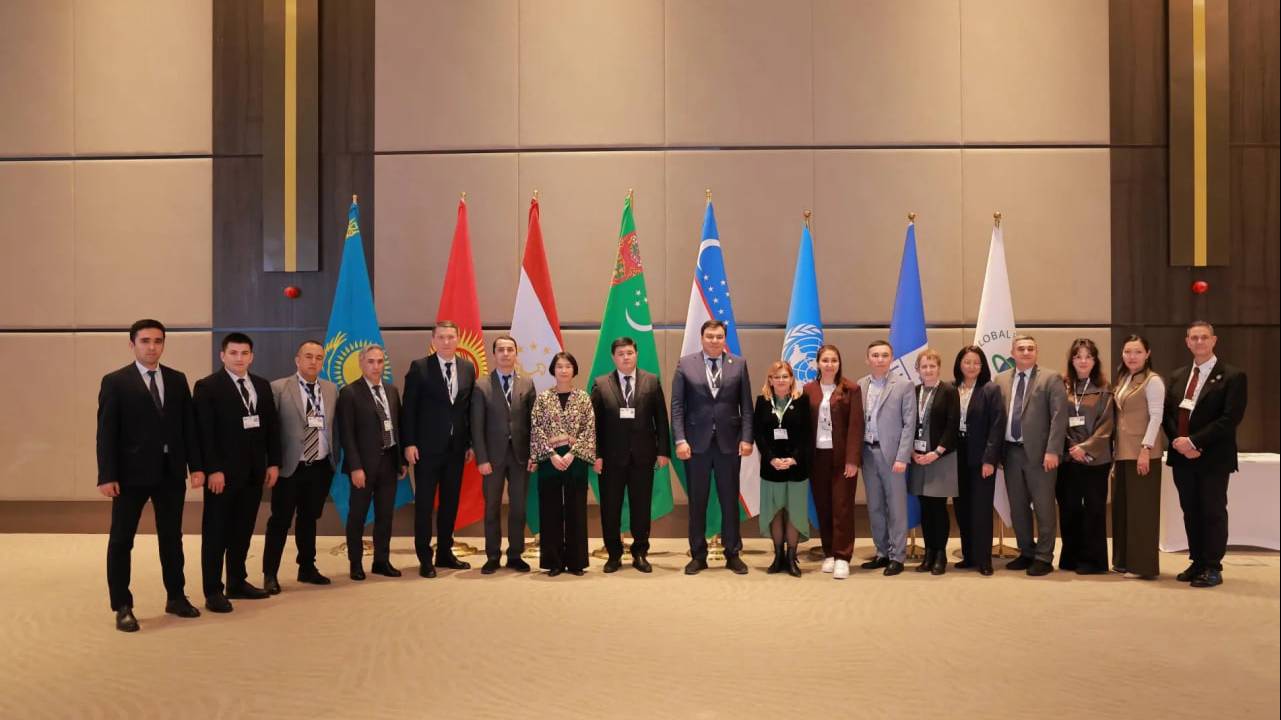The event was attended by the heads of environmental departments of Kazakhstan, the Kyrgyz Republic and Uzbekistan, representatives of the UNDP leadership and international partners. It was noted that Central Asia's role in biodiversity conservation and sustainable development is rapidly increasing in the face of climate change, in line with global commitments.
“Our meeting today comes at a truly critical moment when the Central Asian region is facing the growing challenges of a triple global crisis, and it is now extremely important to strengthen the partnership and develop common approaches to issues, Chairman of the National Committee on Ecology and Climate Change.
The meeting confirmed the importance of protecting the snow leopard, saiga, kulan and Central Asian leopard as important mountain species as they are important indicators of the health of ecosystems in Central Asian landscapes. The discussions emphasized the need to translate international agreements into concrete conservation measures within the framework of CITES and other multilateral environmental agreements.
“Central Asia shows that regional cooperation can translate international commitments into real action on the ground,” said Akiko Fujii, UNDP Representative in Uzbekistan. “Protecting snow leopards and sustainable mountain ecosystems is not only an ecological priority, but a key factor for the well-being of local communities and the sustainable development of the region.”
The meeting provided opportunities to develop a unified regional voice, strengthen coordination with other multilateral environmental agreements, and accelerate the transition from policy statements to practical actions to ensure legitimate, sustainable and transparent wildlife trade.
Among other things, it was noted that the regional approach in the use of GEF funds is aimed at strengthening landscape connectivity and restoring ecosystems in mountain, steppe and desert regions of Central Asia; conservation of important species; Integration of environmental solutions into climate and land planning; Creating favorable wildlife infrastructure to reduce human-wildlife conflicts; Develop innovative financing mechanisms, including positive biodiversity accounting systems, trust funds and regional development programs; Creation of transboundary ecological corridors; joint wildlife monitoring and knowledge exchange to strengthen regional cooperation.
